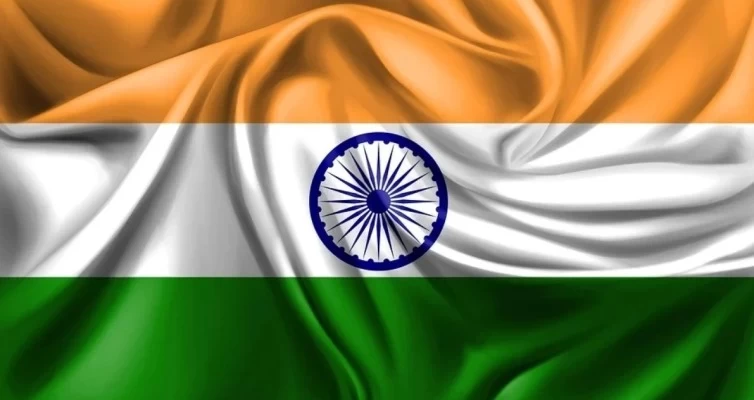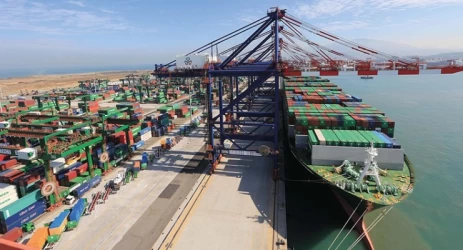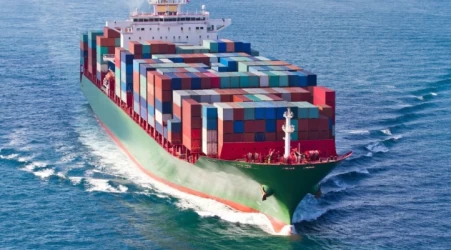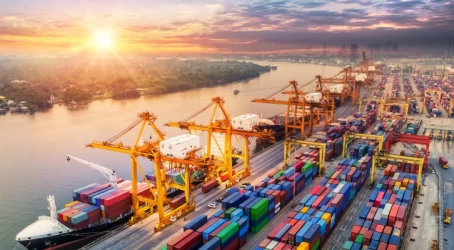Guide to Trade with India, Sea Transportation
India, with its strategic location and extensive coastline of approximately 7,517 kilometers, plays a pivotal role in global maritime trade. The country’s ports and shipping industry are integral to its economy, handling about 95% of its trade by volume and 70% by value. This guide provides an in-depth look at the key aspects of trading with India via sea transportation, including major ports, shipping routes, regulatory frameworks, and best practices.
Major Ports in India
India boasts several major ports that serve as gateways for international trade. These ports are equipped with modern facilities and infrastructure to handle a wide variety of cargo. Some of the most significant ports include:
- Jawaharlal Nehru Port Trust (JNPT): Located in Mumbai, JNPT is the largest container port in India, handling over 55% of the country’s containerized cargo.
- Port of Chennai: One of the oldest ports in India, it handles a diverse range of cargo, including automobiles, machinery, and petroleum products.
- Port of Kolkata: Serving the eastern part of India, this port is crucial for trade with Southeast Asia and the Far East.
- Port of Visakhapatnam: Known for its deep-water facilities, it handles bulk cargo such as iron ore, coal, and crude oil.
- Port of Cochin: Strategically located on the southwest coast, it is a major hub for trade with the Middle East and Europe.
Key Shipping Routes
India’s strategic location on the world’s shipping routes makes it a vital player in global trade. The country is connected to major international shipping lanes, including:
- The Suez Canal Route: Connecting the Mediterranean Sea to the Red Sea, this route is crucial for trade between India and Europe.
- The Strait of Malacca: One of the busiest shipping lanes in the world, it connects the Indian Ocean to the Pacific Ocean, facilitating trade with East Asia.
- The Cape of Good Hope Route: Used primarily for trade with the Americas and Africa, this route bypasses the Suez Canal.
Regulatory Framework
Trading with India involves navigating a complex regulatory environment. Key regulations and policies include:
- Customs Act, 1962: Governs the import and export of goods, including duties, tariffs, and procedures.
- Foreign Trade Policy (FTP): Outlines incentives and guidelines for exporters and importers.
- Goods and Services Tax (GST): A unified tax system that has simplified the tax structure for businesses.
- Maritime India Vision 2030: A strategic initiative aimed at enhancing the capacity and efficiency of India’s maritime sector.
Best Practices for Sea Transportation
To ensure smooth and efficient trade with India, businesses should adhere to the following best practices:
- Understand the Documentation Requirements: Ensure all necessary documents, such as bills of lading, invoices, and certificates of origin, are in order.
- Choose the Right Shipping Partner: Select a reliable shipping company with experience in handling cargo to and from India.
- Stay Updated on Regulatory Changes: Regularly check for updates to customs regulations, trade policies, and tax laws.
- Leverage Technology: Utilize digital tools for tracking shipments, managing inventory, and ensuring compliance with regulations.
- Plan for Contingencies: Be prepared for potential delays due to weather, port congestion, or regulatory issues.
Conclusion trade with India
Trading with India via sea transportation offers numerous opportunities for businesses looking to expand their global footprint. By understanding the key ports, shipping routes, regulatory frameworks, and best practices, companies can navigate the complexities of maritime trade and capitalize on the vast potential of the Indian market.
If you have any specific questions or need further details, feel free to ask!











